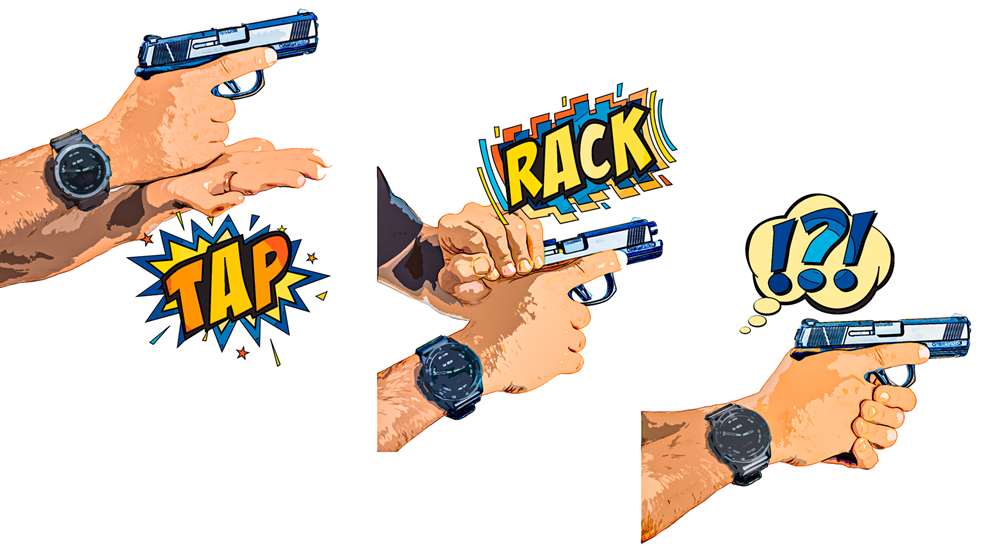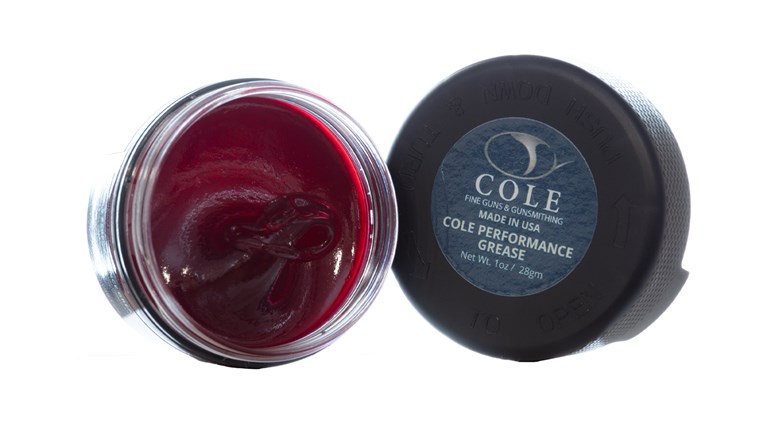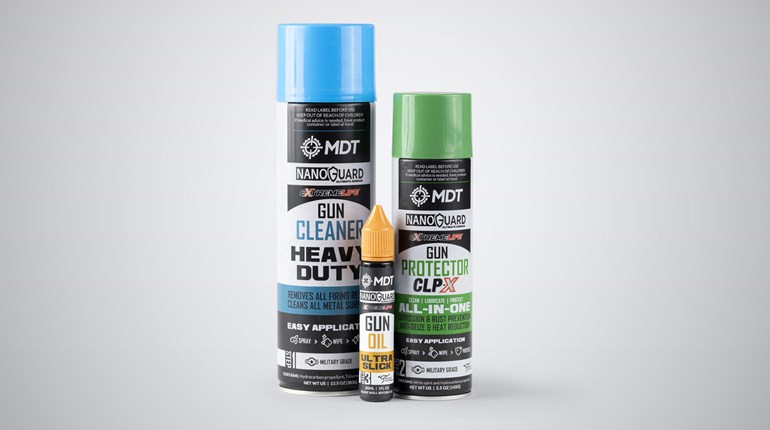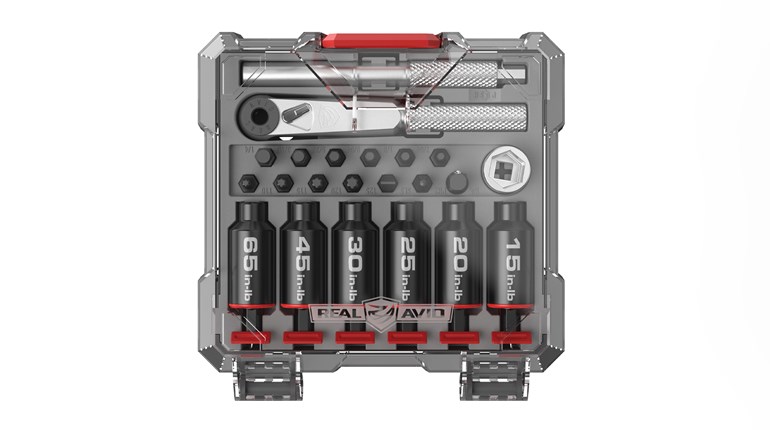
The Problem
You were part of a discussion regarding what to do when your everyday-carry pistol fails to operate as expected. Terms like jams, malfunctions and stoppages were used, but seemed to have different meanings—although the end result seemed to be the same. The remedy for the jams, malfunctions and stoppages spawned some quite-biased opinions as to what plan-of-action should be performed in order to return the gun to working order. The conversation was split between immediate action, remedial action and performing an emergency reload to get the pistol operating again.
Your problem is you do not fully understand the difference between stoppages, jams and malfunctions, not to mention how they relate to any clearance procedure. Furthermore, you have no idea what distinguishes immediate-action from remedial-action procedures and when they are used to make an operative gun out of one that is inoperative. However, you do understand what an emergency reload is and how to perform one properly.
The Solution
Sometimes, when talking firearms and related subjects, definitions of conditions or actions can get a bit confusing.
Often when describing a firearm that has stopped working in the middle of a shooting cycle, it is referred to as a jam. A jam could be a stoppage or a malfunction depending on what caused the gun to quit working.
A stoppage is an interruption in the gun’s cycle of operation usually caused by ammunition, poor maintenance or improper handling procedures like failing to fully engage a grip safety.
Immediate action is a procedure that is automatically performed by the shooter as a likely fix to get the gun operational without taking the time to diagnose the problem. Although there are multiple methods of performing immediate action on a semi-automatic pistol, the most prevalent is to tap the magazine forcefully to ensure it is properly seated, then cycle the slide to ensure a round is in the chamber, then resume operations as necessary. A second and very simple method is something with which you are already familiar. By performing an emergency reload, two potential trouble spots, the ammunition and the magazine, are changed out and replaced with something new to restart. The speed with which immediate action is performed to get the pistol operational without having to diagnose the problem is the benefit of immediate action over remedial action. In a gunfight, if immediate action doesn’t remedy the problem, the next step would be to go to a backup gun.
A malfunction in a pistol is generally recognized as a breakage or mechanical defect in the gun that has caused it to cease operating. In this case, immediate action is unlikely to rectify the problem, although it may be initially implemented. If immediate action fails to reactivate the gun or the cause of the failure is obvious, remedial action is the next step in trying to revive the non-functioning firearm.
Remedial action is an attempt at diagnosing the cause of a pistol’s failure to perform as expected, then initiating a fix on the spot to restore operational capability. In the field, where resources are limited, remedial action can consist of unloading the gun, cycling the action, performing a cursory visual and physical inspection in an effort to determine what caused the problem, fixing the problem—if possible—then reloading with a fresh magazine and ammunition, if available, and attempting to fire if the need still exists. If remedial action fails to get the gun operational, the next option is to make the gun safe and get it to an armorer or gunsmith for repair.
Of course, the simplest plan to have when your everyday carry gun quits working, especially under stress, is to reload the gun—because the problem might just be that you ran out of ammo in your magazine.





































